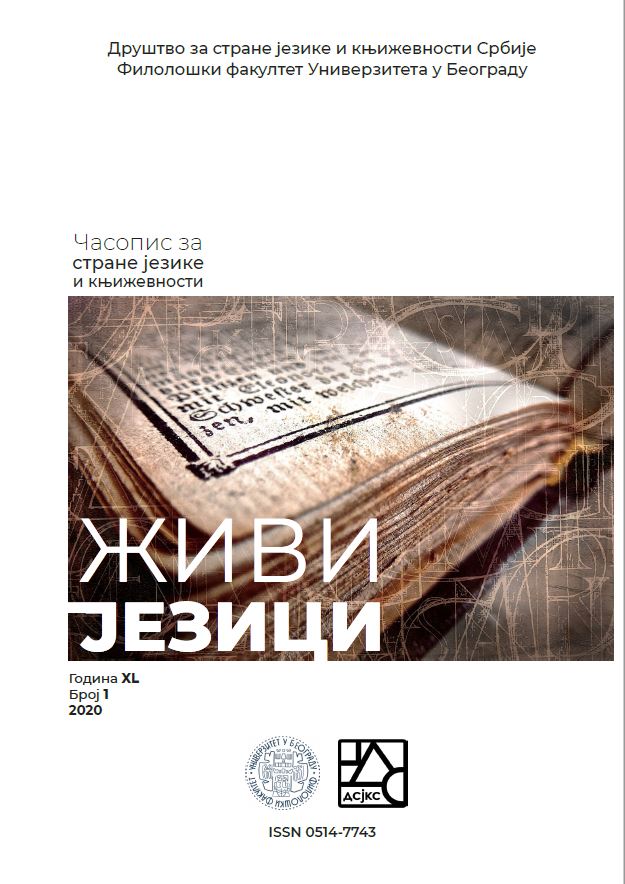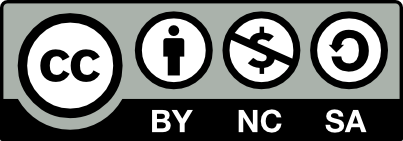LANGUAGE ERRORS THAT PRIMARY SCHOOL AND SECONDARY PROFESSIONAL SCHOOL STUDENTS MAKE IN THE ENGLISH LANGUAGE
DOI:
https://doi.org/10.18485/zivjez.2020.40.1.9Keywords:
language error, language influence, English as a foreign language, Serbian as L1, language transferAbstract
The paper aims to detect, classify, and investigate the most common errors that Serbian native students make in the course of learning English as a second language. It focuses on the final year primary school students (grades 7 and 8) and secondary professional school students, both of the public sector. The corpus was collected and extracted from the students’ writings and divided into three types of errors – lexical-pragmatic (33%), morphological-spelling (27%), and syntactic (40%) errors. Each group is represented by a series of examples. Beside the identification of the key errors among the pre-intermediate to intermediate students and tracing the origin of the errors, the research attempts to bring to light the matter of interference and implications of the existing mother tongue habits with the English language (interlingual transfer). Another source of errors was traced to be due to a misuse, and/or partial or faulty learning of a particular language rule of the target language (intralingual transfer). It also shows why the language errors need to be seen as a positive input – a helping tool to highlight and improve students’ average formal and informal needs for communication in English.


